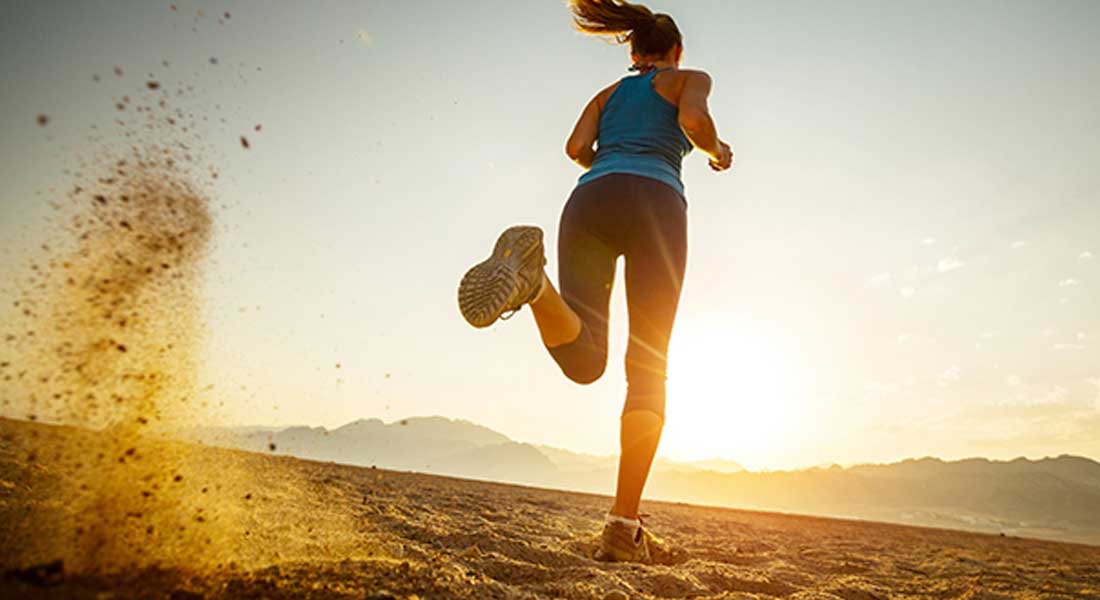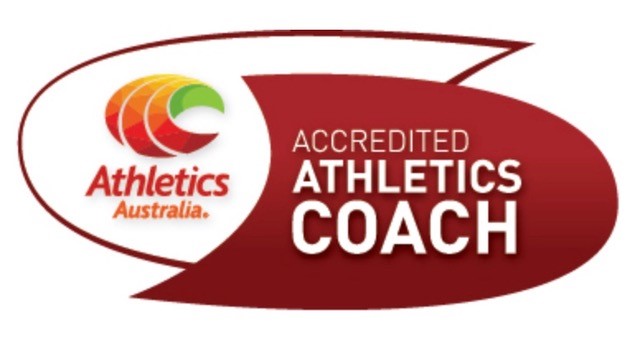Facts about Electrolytes
We have all seen the ads on TV when a well-known sports star downs a bottle of Gatorade in order to replace electrolytes. They are working their sports field all hot and sweaty and in order to keep hydrated and performing at their best they need a Gatorade. But why? Why can’t they just be drinking water?
Here is our guide as to why when you train, you need electrolytes but like everything, not all electrolytes are equal.
What are electrolytes?
Electrolytes are minerals in your body, some of which have an electric charge. They are the chemicals that form ions and are found in your blood, urine and body fluids. To help make sure specific bodily functions run at optimal levels, it’s important to maintain electrolyte concentrations of your body fluids.
When we exercise we sweat and through this sweat we lose electrolytes, mainly sodium and potassium and these must be replaced as too few electrolytes can cause issues with the most recognisable being cramping.
Electrolytes are sodium (Na+), potassium (K+), calcium (Ca 2+), magnesium, (Mg 2+), chloride (Cl-), phosphate (PO4 2-), bicarbonate (HCO3-), and sulfate (SO4 2-).
The four major electrolytes that maintain the body’s fluid balance are: Sodium, potassium, magnesium and calcium.
Sodium (na) – maintains fluid balance
Sodium is the most important electrolyte to monitor during training as excessive losses of sodium (via sweat) can lead to muscle cramps and in some cases hyponatremia (low blood sodium). Sodium is critical for maintaining fluid balance, nerve function and muscle contractions. Sodium losses in sweat are greater than any other electrolyte therefore it is crucial to maintain an adequate balance, both during and after your activity.
Potassium (k) – prevents cramping
Potassium in conjunction with sodium helps alleviate and prevent muscle cramps. In our sweat potassium losses are not as high as sodium but it is still crucial to maintain potassium levels while training, as it will be critical for a healthy water & electrolyte balance.
Calcium (ca) – regulates muscle contractions & heart rhythm
Calcium is the most abundant mineral in the body; it serves many roles both in normal bodily functions and athletic performance. We all know that calcium is essential for bone and muscle health but calcium is also involved in all types of muscle (heart, skeletal, and smooth) functions and contractions as well as being involved in the synthesis and breakdown of muscle and liver glycogen.
Magnesium (mg) – relaxes muscles
Similar to how sodium and potassium function together, magnesium and calcium do the same. Calcium is essential for muscle contractions; magnesium aids in helping muscles relax therefore the combination of magnesium and calcium is critical for healthy muscle function.
Why are they so important?
Electrolytes don’t give you the energy you need to workout but they do ensure everything is functioning smoothly such as the digestive, nervous, cardiac and muscular systems, all of which depend on adequate electrolyte levels (read above for full explanation).
Do I need to take electrolytes?
Have you ever cramped, sweated in excess and noticed crystallisation forming around your face and eyes or even on your visor? Then you definitely have required electrolytes.
When should I take electrolytes?
The goal of replenishing electrolytes is to maintain bodily functions ensuring they are at optimal levels and part of this is to help reduce the onset of cramping which some athletes experience from time to time.
When it comes to your body cramping this could be for various reasons and one is usually your body’s way to letting you know that you are depleted of electrolytes. Ensure you are consistently replenishing your electrolytes, don’t wait until it’s too late as no amount of electrolytes is going to help eradicate the damage already caused by depletion.
Other electrolyte imbalance symptoms include: muscle spasms, dizziness, fatigue, nausea, constipation, dark urine, decreased urine output, dry mouth and foul breath, dry skin, muscle weakness or stiff and achy joints.
Where can I source electrolytes?
Fresh fruits and vegetables are good sources of sodium and potassium and replace lost electrolytes however more tailed products such as Tailwind, Pure Sports Nutrition and Nuun contain all the essential electrolytes. Avoid the heavily marketed sports drinks as they contain excess sugar. Ideally you need to source an electrolyte that is sugar free.
What about salt tablets?
Typically salt tablets only provide of the electrolytes your body requires sodium and chloride. When subsisting your electrolyte intake with salt tablets alone there can be a tendency to oversupply your body with sodium and overwhelm the body’s ability to regulate sodium. Sodium is also known to cause water retention.
Consuming sodium alone and not in combination with other electrolytes may cause swelling of the hands, feet and ankles. Sodium should be consumed in combination with other electrolytes to assist proper electrolyte balance.
Conclusion
Experiment with different electrolyte supplements that do not have artificial ingredients, colors or sugar to determine if you are a drink or capsule person and which flavors fit your taste buds the best. But when selecting an electrolyte make sure it contains the four lost in exercise: sodium, potassium, calcium and magnesium.











Leave a Reply